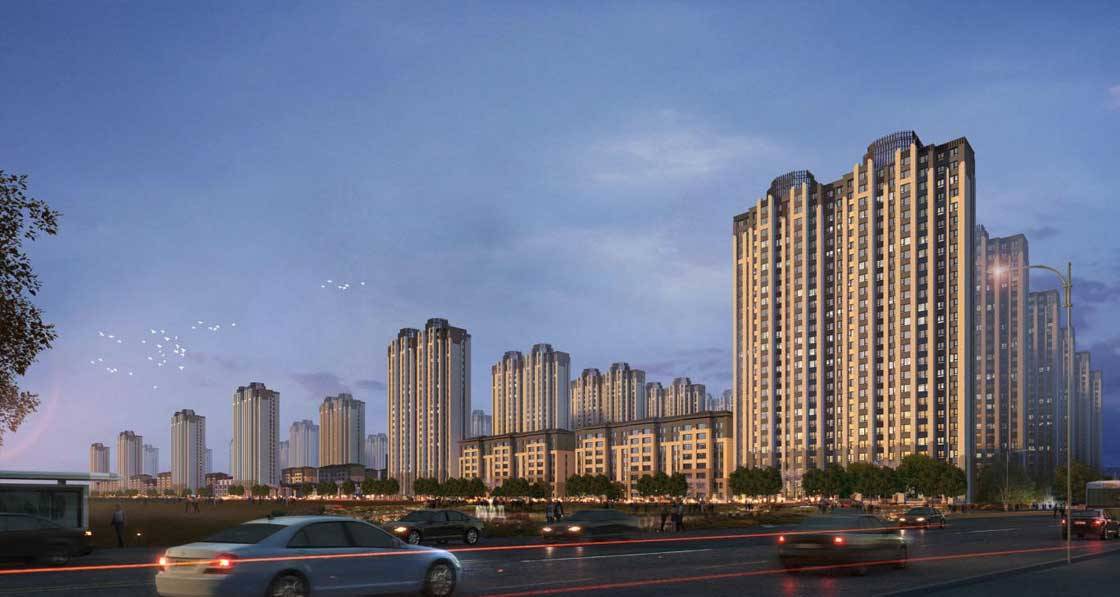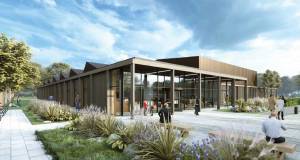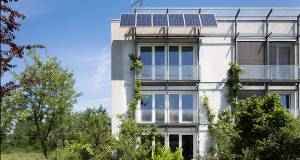
- Events
- Posted
Passive House conference comes to China
The 23rd annual International Passive House Conference takes place outside of Europe for the first time ever this year, with the Chinese city of Gaobeidian hosting the event on 9 to 11 October. This year’s conference was rescheduled after originally being set for 21 and 22 September.
This article was originally published in issue 31 of Passive House Plus magazine. Want immediate access to all back issues and exclusive extra content? Click here to subscribe for as little as €10, or click here to receive the next issue free of charge
Gaobeidian is about 100 km south of Beijing, and the construction of a passive house district comprising over 20 high-rise buildings is currently underway in the city. Once complete, this will be the largest residential passive house development in the world.
"China is the country with the most construction work going on at the moment, and this is not being done sustainably at present. This means that we must do our utmost to ensure that the development towards sustainable construction also advances in China,” said Dr Wolfgang Feist, founder of the Passive House Institute.
The theme of this year’s conference is ‘passive house worldwide’ and the German environmental scientist Ernst Ulrich will deliver the keynote speech. A series of more than 20 lectures will take place on 9 and 10 October (Wednesday and Thursday). Two of these presentations will focus on passive house projects in China, while others will look at energy efficient retrofits from around the world.
Working groups will also examine topics including passive house projects in hot climates, kitchen ventilation systems, airtightness in high-rise buildings, as well as the design tools PHPP and designPH. All presentations will be held in English or Chinese and simultaneously be translated into the other language.
Other workshops will focus on airtightness, energy balance at the district level, energy efficient hot water systems, cooling and dehumidification, calculation of thermal bridges, ventilation systems and windows.
A two-day “train-the-trainer” workshop will be geared towards those organising courses for certified passive house designers and tradespersons. Participants can also choose between three passive house excursions: a visit to the Gaobeidian passive house district, passive house projects in the capital Beijing, or a passive house office complex in Zhuzhou, which is about 30 kilometres from Gaobeidian.
For more information about the event and logistics of attending see www.passivehouseconference.org.
Related items
-
 September’s AECB environmental construction conference seeks to spark debate among industry experts
September’s AECB environmental construction conference seeks to spark debate among industry experts -
 Enniscorthy to host ‘make or break’ sustainable building summit
Enniscorthy to host ‘make or break’ sustainable building summit -
 AECB conference to showcase timber innovation
AECB conference to showcase timber innovation -
 International passive house conference kicks off
International passive house conference kicks off -
 Passive house turns 30
Passive house turns 30 -
 Culture shock & knowledge transfer
Culture shock & knowledge transfer

